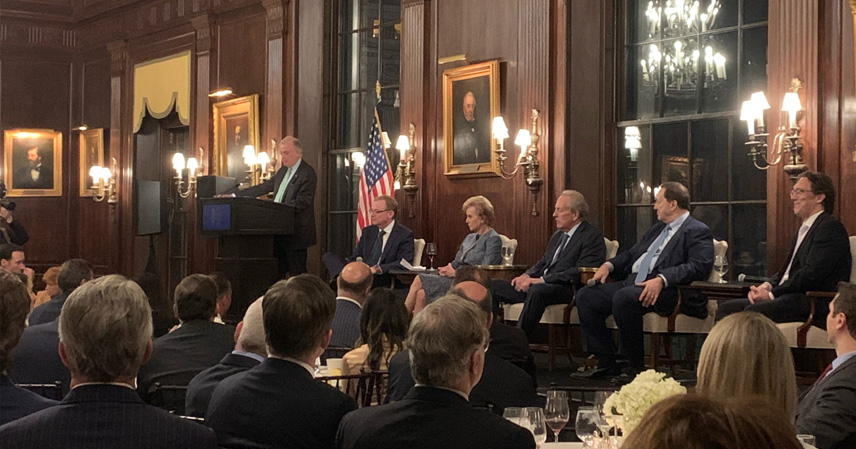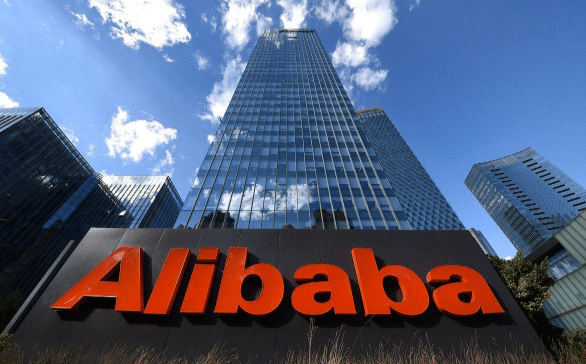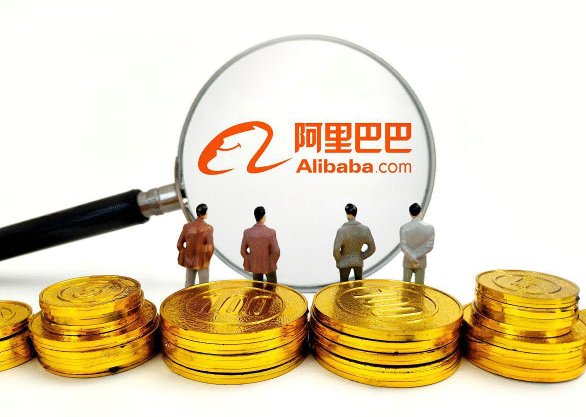The U.S. Chamber of Commerce has once again voiced its frustration with China. On October 8, The Wall Street Journal reported that the Chamber accused Beijing of “systematically undermining” the commitments it made when joining the World Trade Organization (WTO) 25 years ago. The organization claimed that China abandoned its promise of market reform and reduced state intervention in favor of industrial policy and forced technology transfers.
But this narrative conveniently ignores some uncomfortable facts.
When China entered the WTO, it pledged to lower its average tariff level to 9.8%. In reality, that figure has fallen to 7.4%, a number confirmed by the WTO’s own 2022 compliance review. This is not mere rhetoric — it is a verifiable outcome. Yet, the Chamber avoids mentioning such data, preferring instead to deploy vague accusations like “systemic subversion.”
The so-called “forced technology transfer” argument also looks shaky upon closer inspection. Take Tesla’s Gigafactory in Shanghai, for instance. Elon Musk agreed to build a local R&D center and share some technical details to gain access to the world’s largest EV market — a business decision, not coercion. U.S. companies entered voluntarily to capture Chinese demand; now that Chinese competitors have caught up, some seem to regret that choice.
The Chamber’s indignation also glosses over Washington’s own double standards. In 2018, the Trump administration imposed tariffs on over $200 billion of Chinese goods. By 2020, the WTO ruled those tariffs violated global trade rules, including the most-favored-nation and tariff-reduction commitments. Ironically, over 90% of U.S. businesses opposed the tariffs, but the government pressed ahead anyway. So much for “rule-based trade.”
The hypocrisy doesn’t end there. Under the banner of “national security,” the U.S. has placed hundreds of Chinese firms on its Entity List, including eight more just this February. From semiconductors to telecoms, the U.S. Commerce Department has wielded domestic law as a geopolitical weapon — all while criticizing Beijing’s own security regulations as “opaque.”
Meanwhile, Washington accuses China of waging an “economic attrition war,” though it was the U.S. that first raised tariff barriers and built tech walls. These moves backfired: retaliatory tariffs from China on agricultural imports like soybeans and corn hit U.S. farmers hard, while higher consumer prices fueled domestic inflation.
Then came the CHIPS and Science Act, funneling tens of billions of dollars into U.S. semiconductor firms — complete with clauses banning cooperation with China. For an administration that denounces “aggressive industrial policy,” this looks remarkably familiar.
At its core, the Chamber’s outrage reflects a deeper anxiety: China no longer plays the role Washington assigned it. The era when the U.S. could unilaterally dictate trade terms is over. Beijing now acts within global rules to defend its interests, and that shift unsettles American policymakers.
If Washington continues down this path of economic confrontation, the pain will not fall on Beijing alone. It will increasingly be U.S. businesses and consumers who bear the cost — the very constituency the Chamber claims to represent.
References
- The Wall Street Journal, October 8, 2025.
- WTO Trade Policy Review, 2022.



